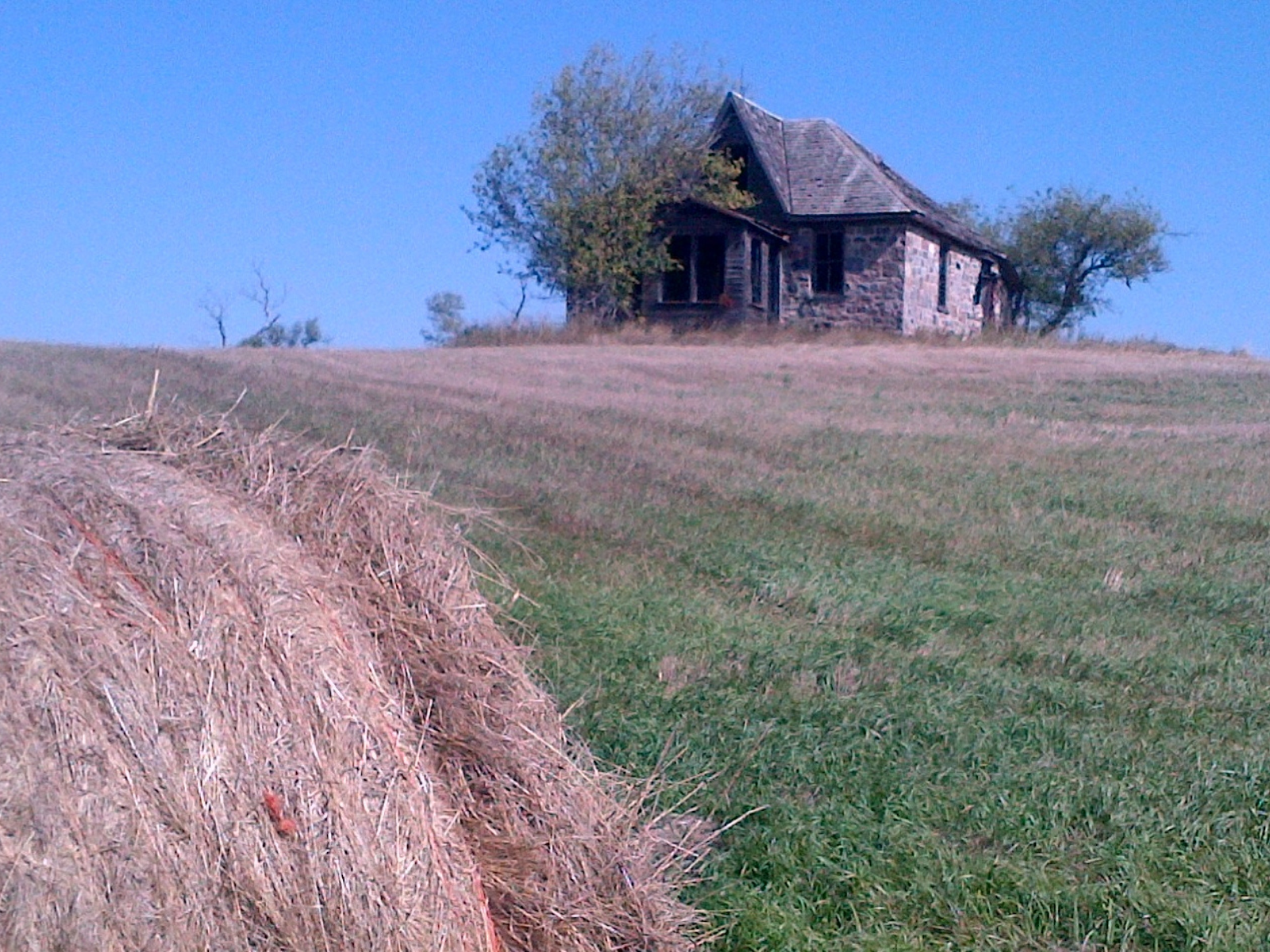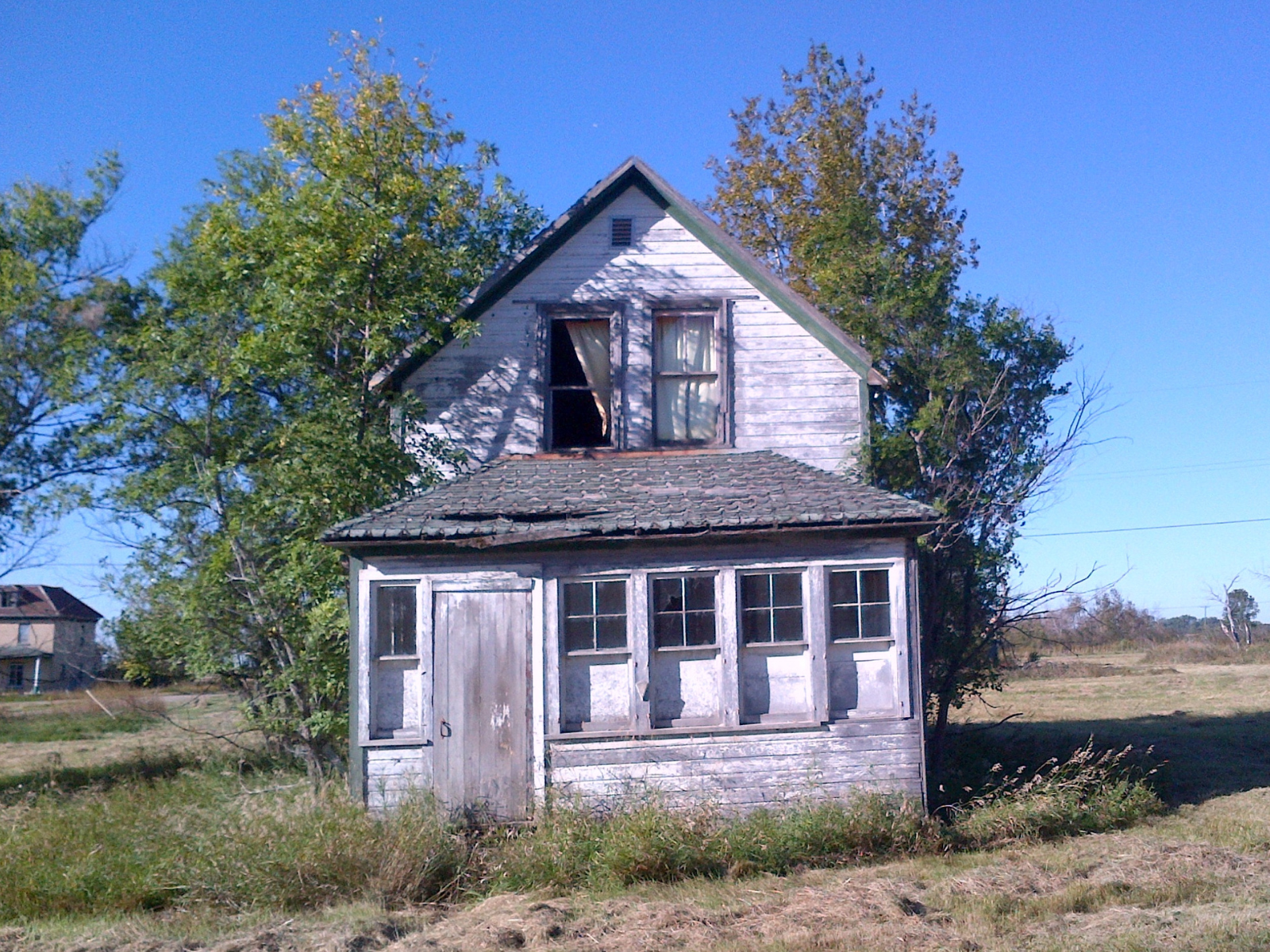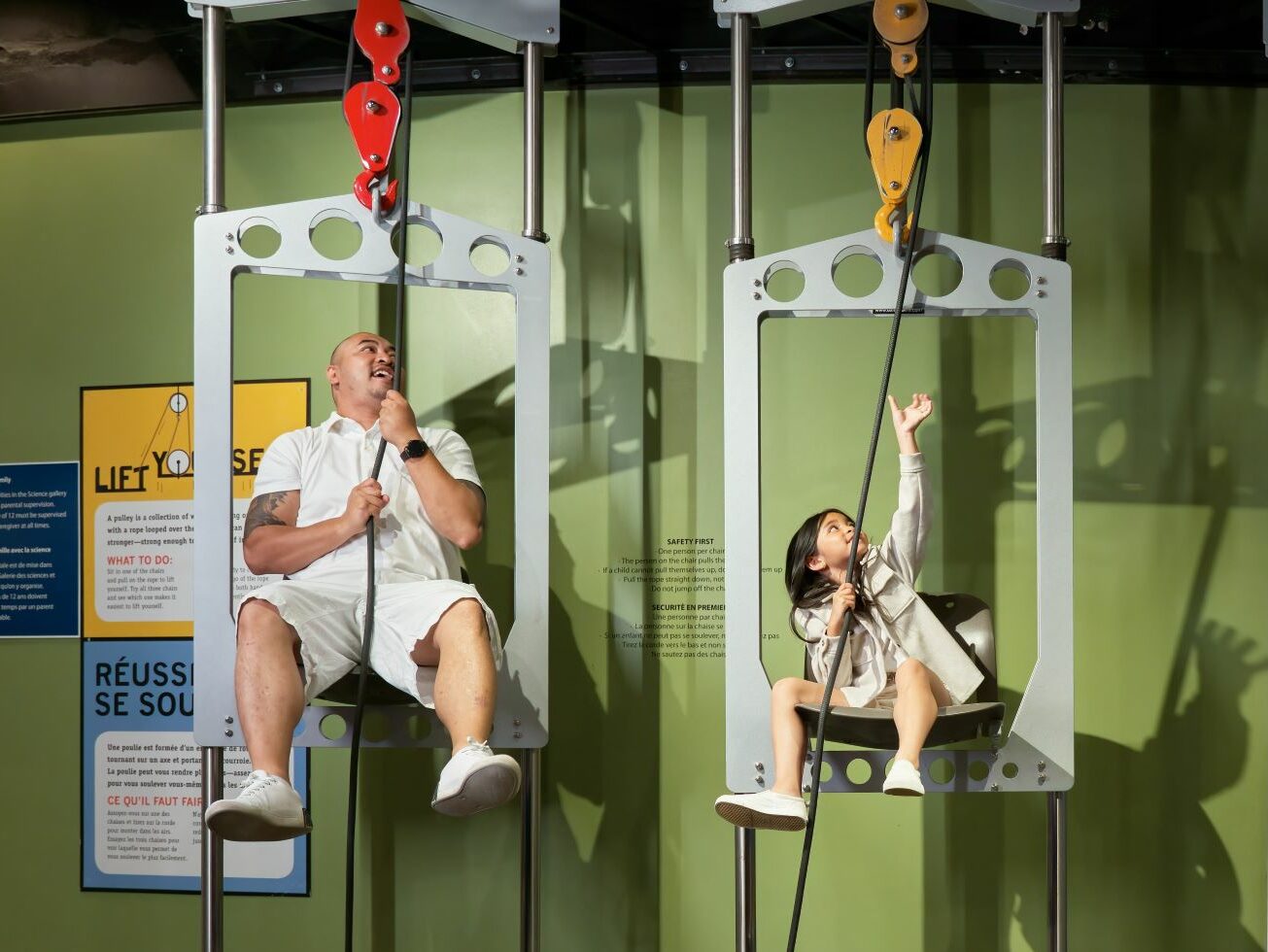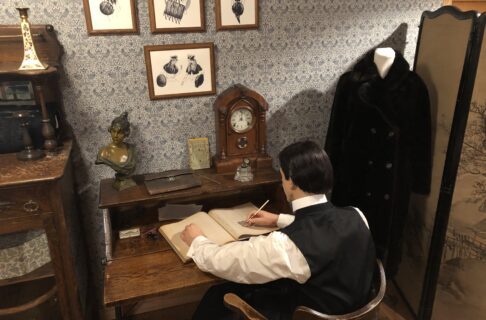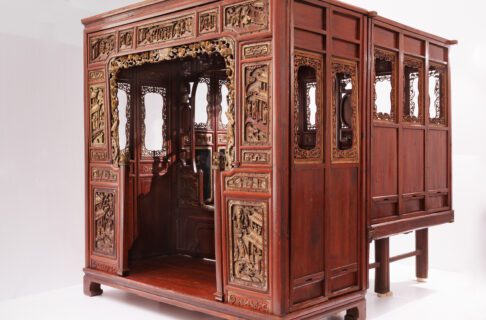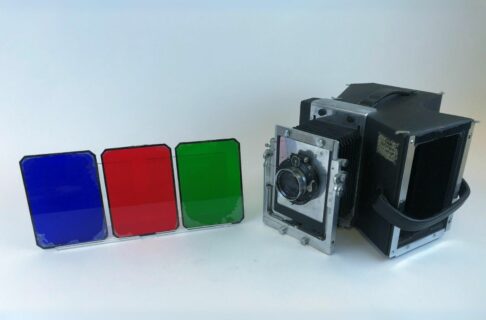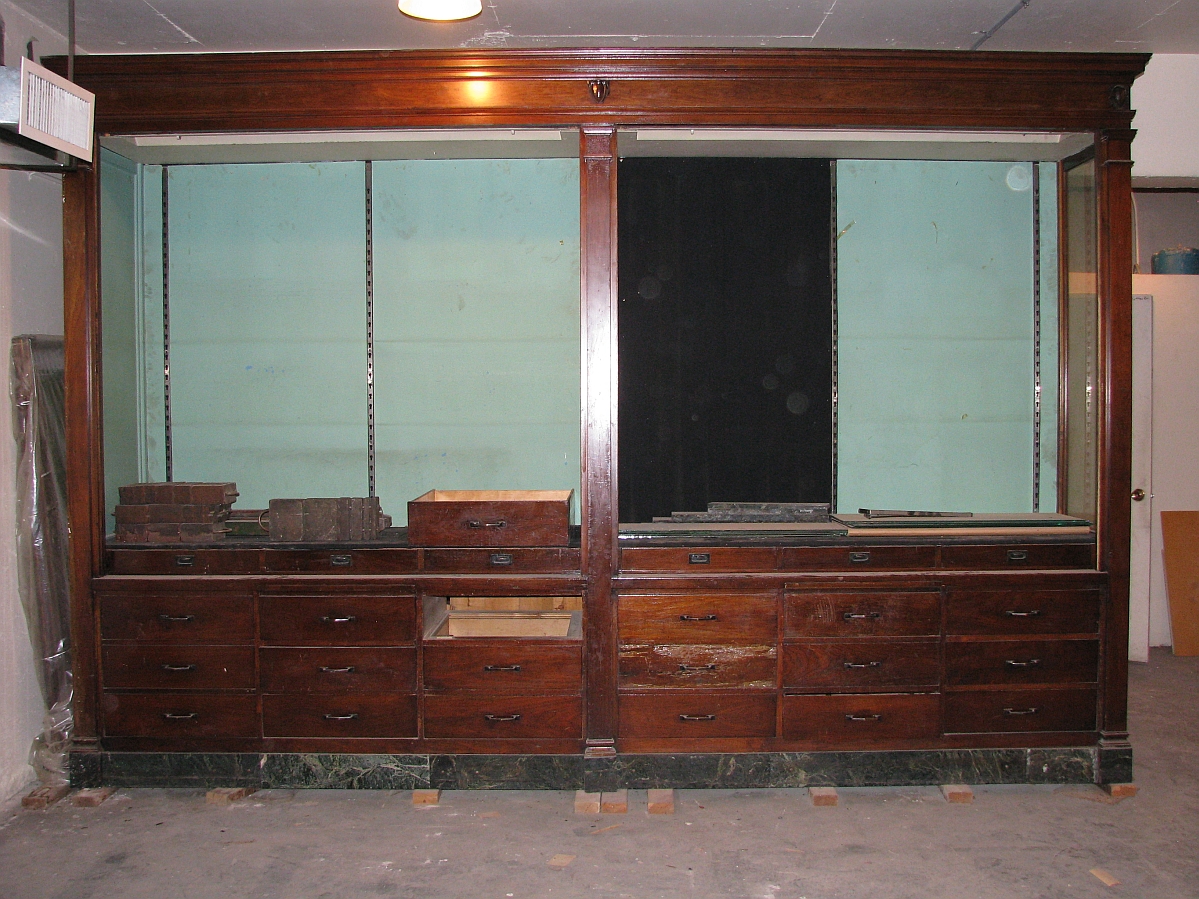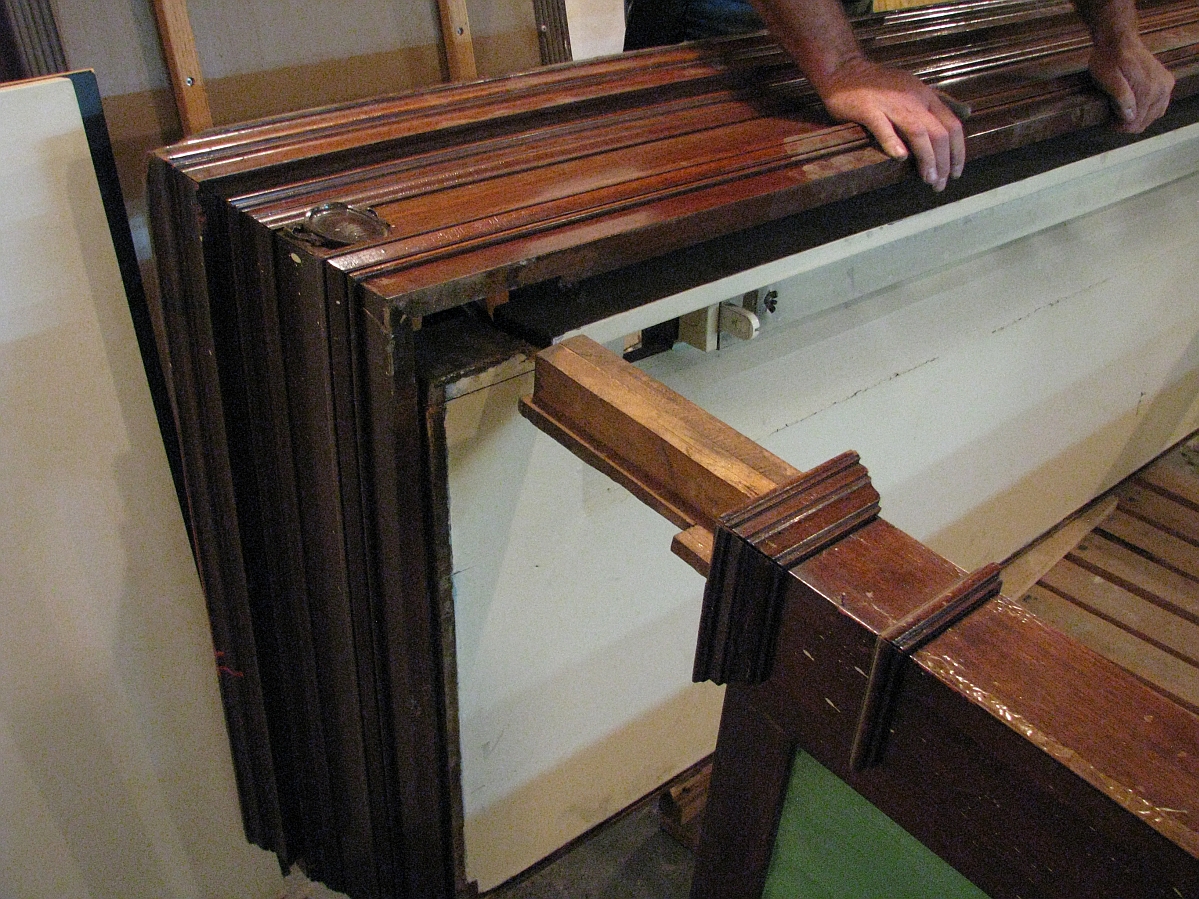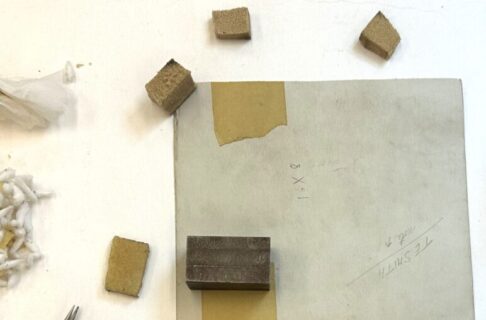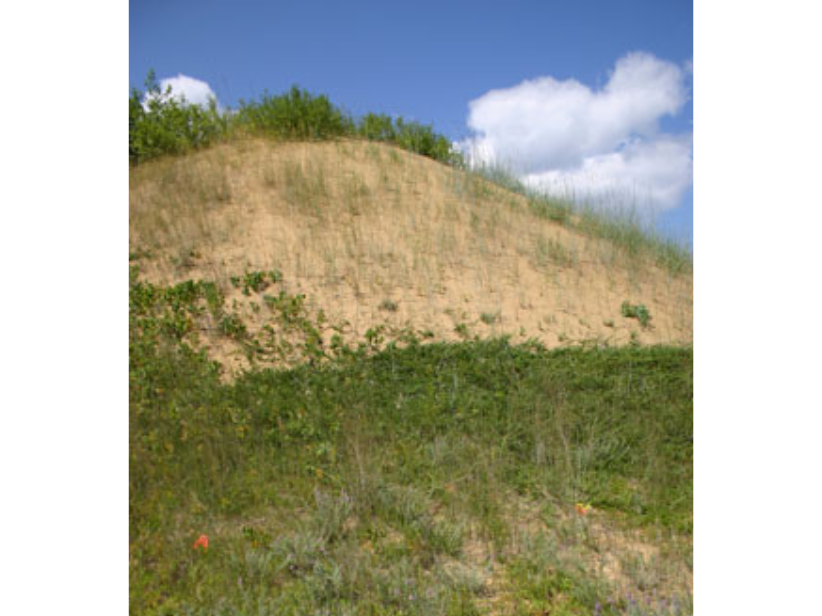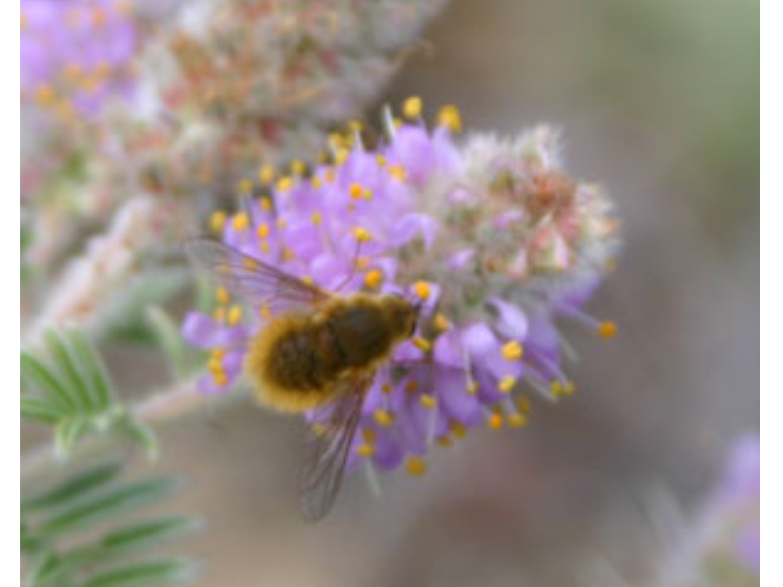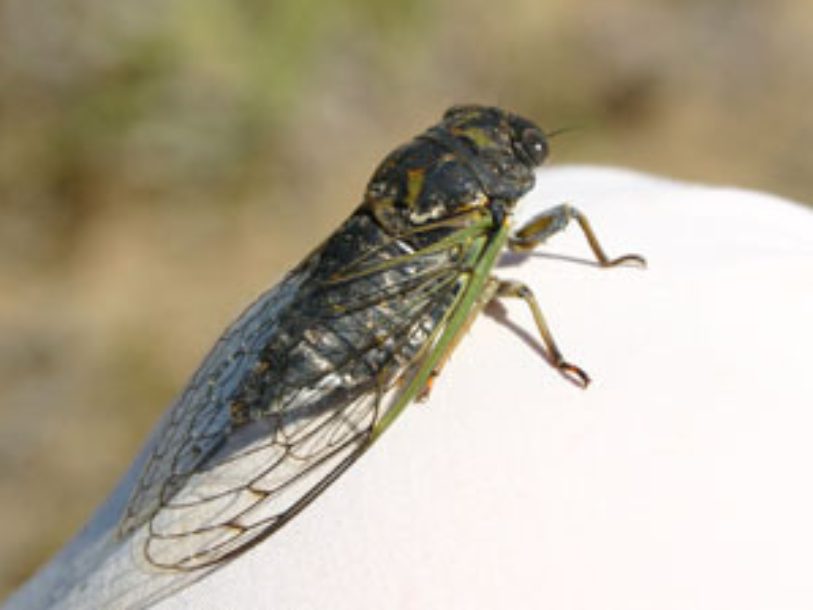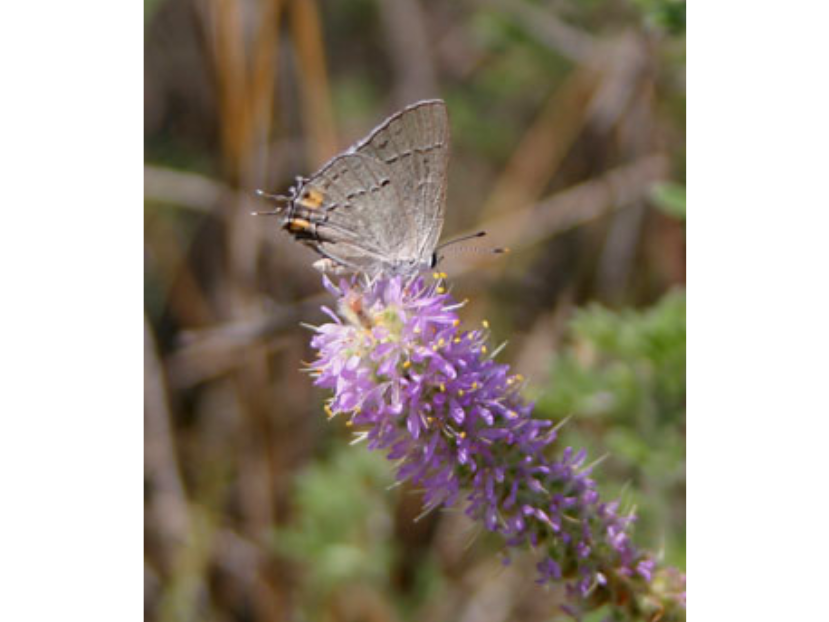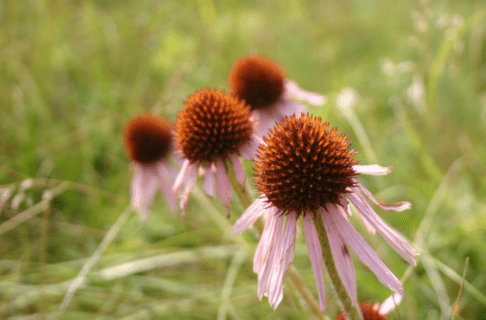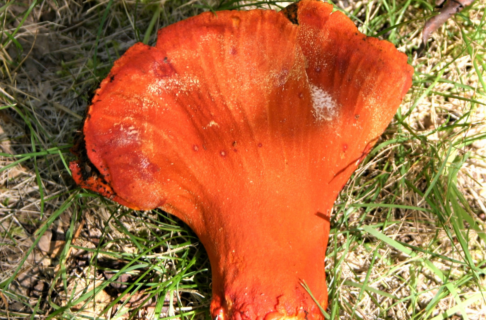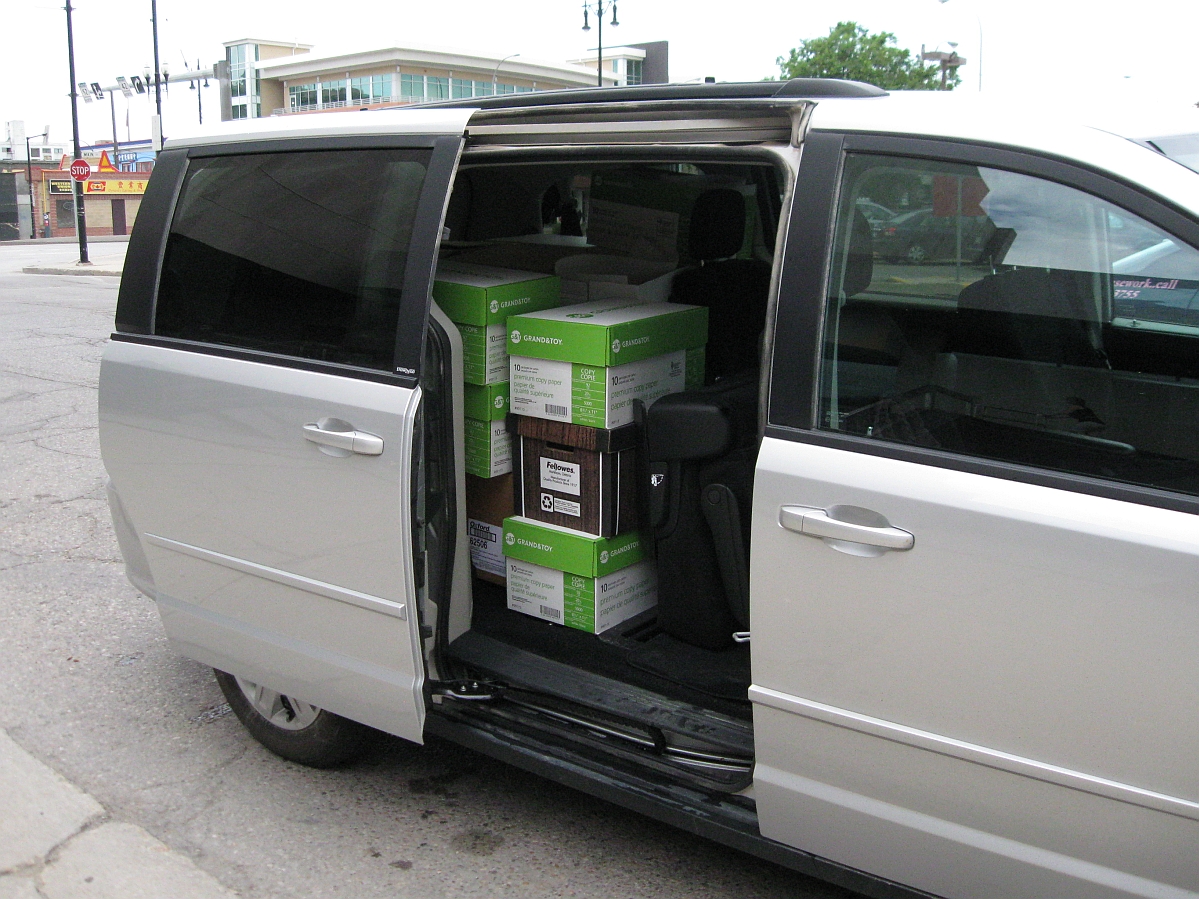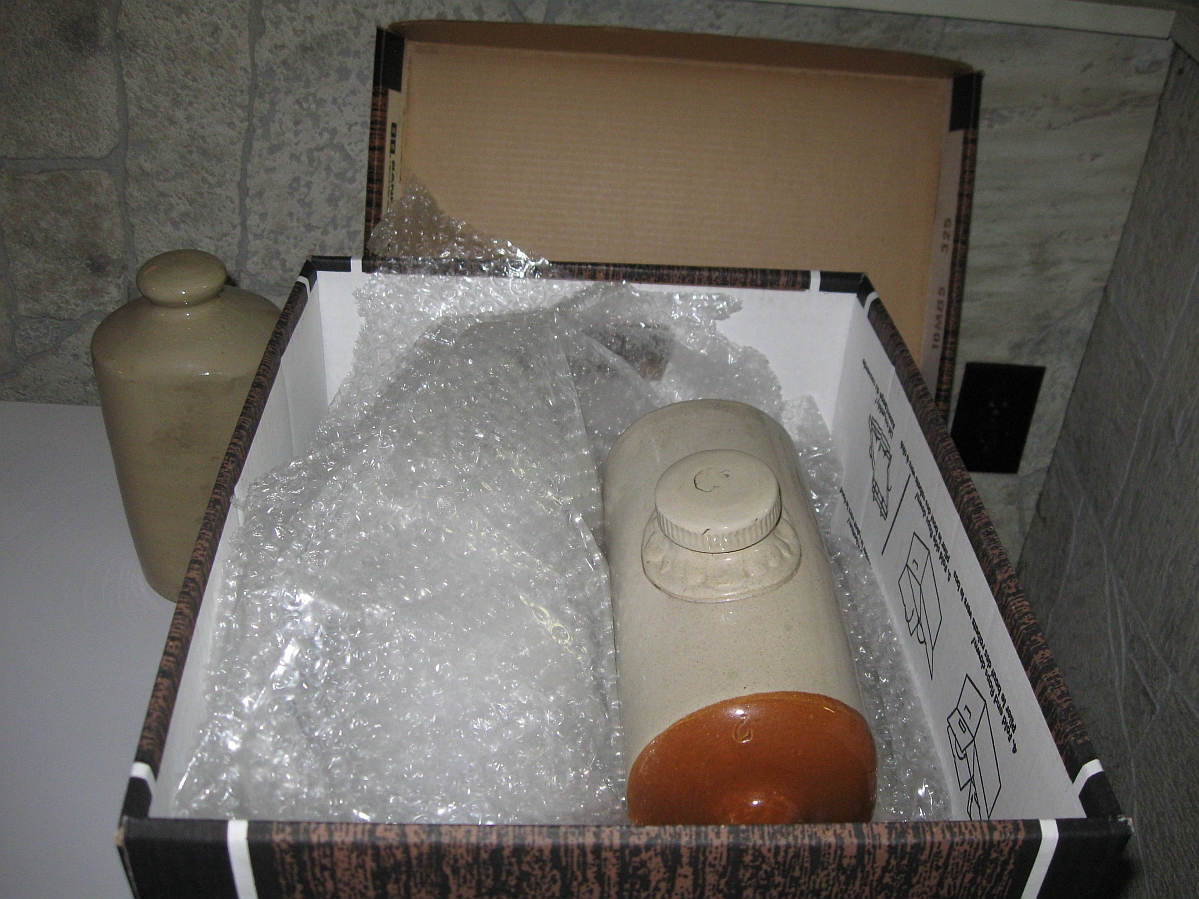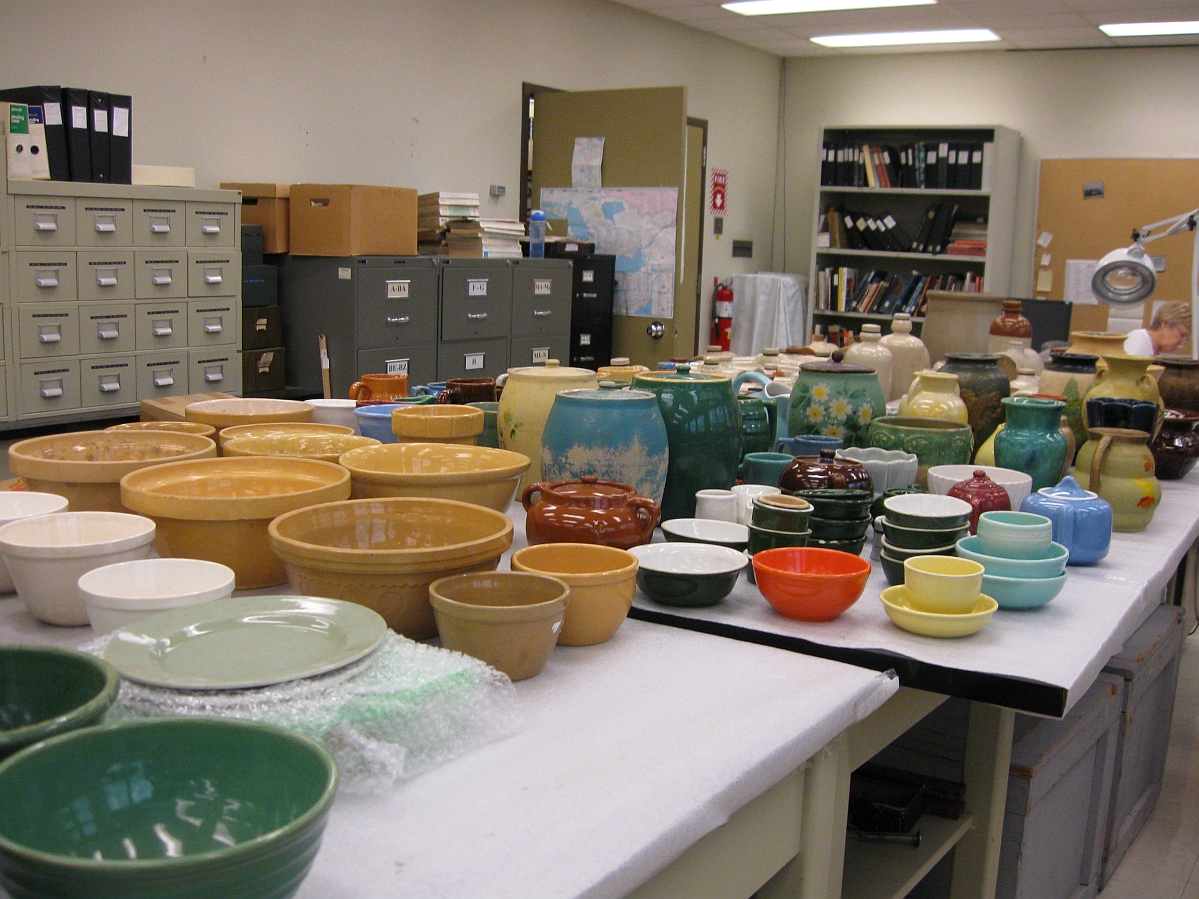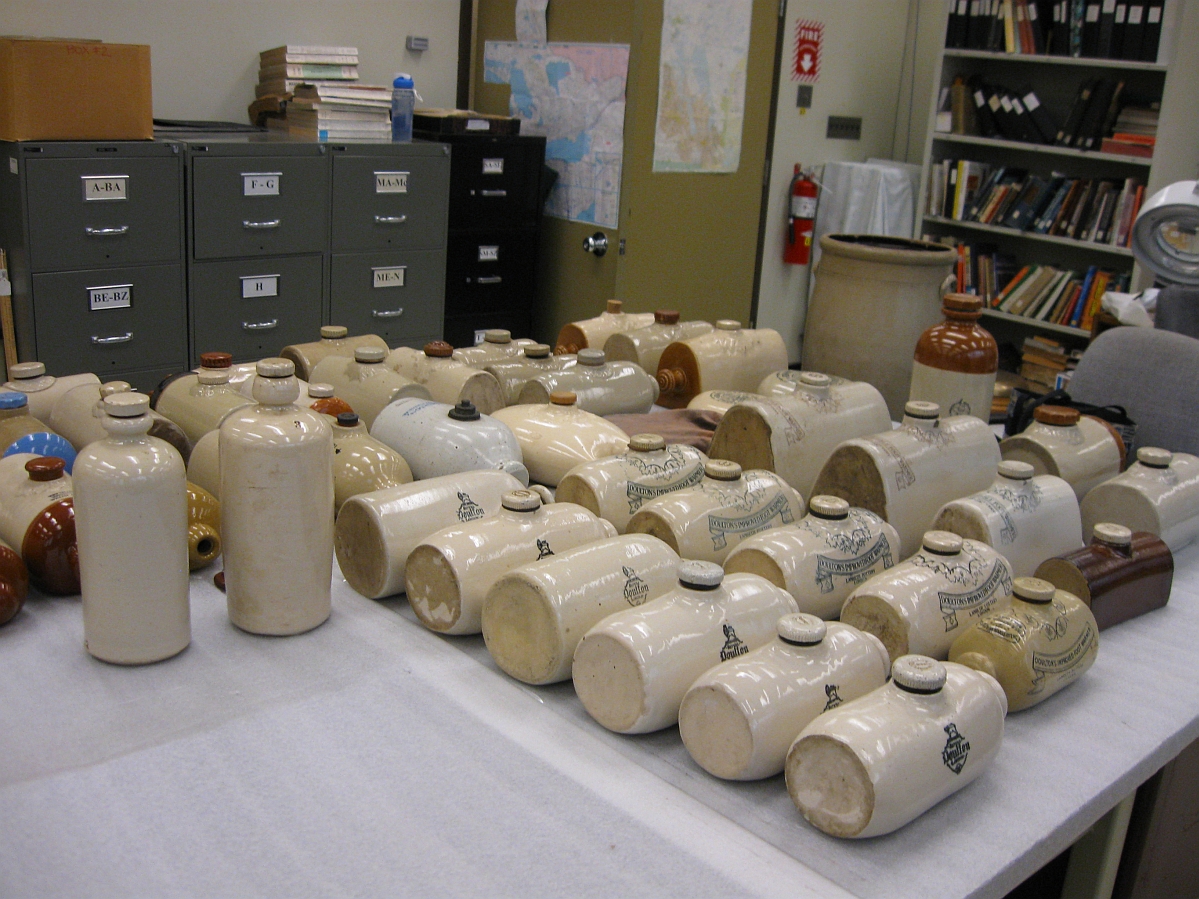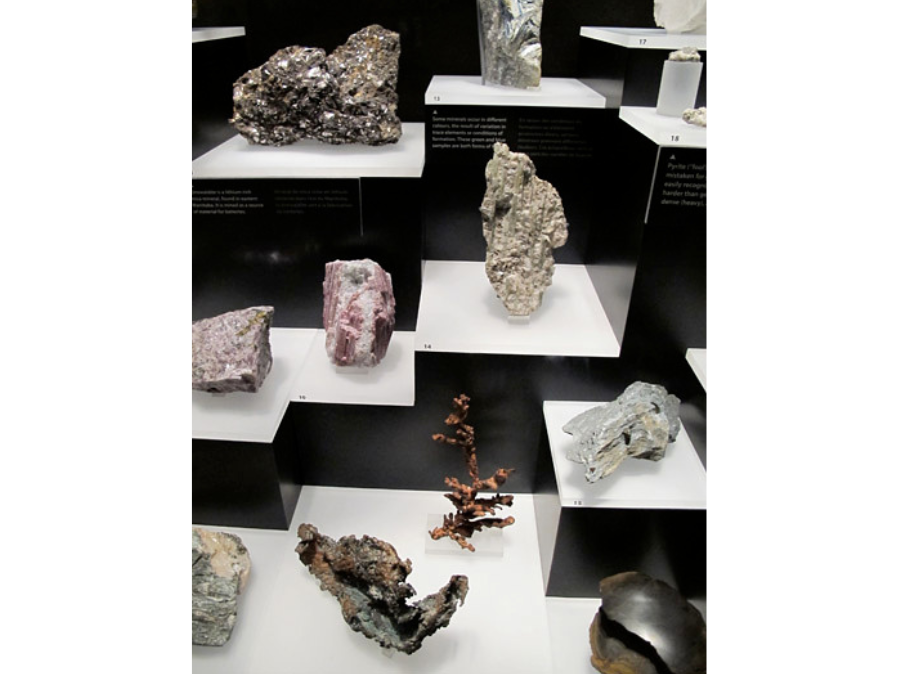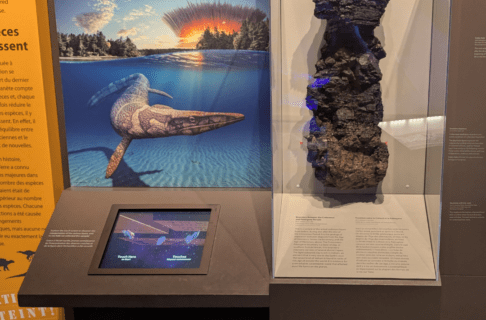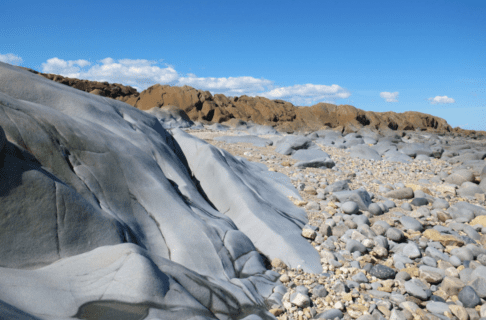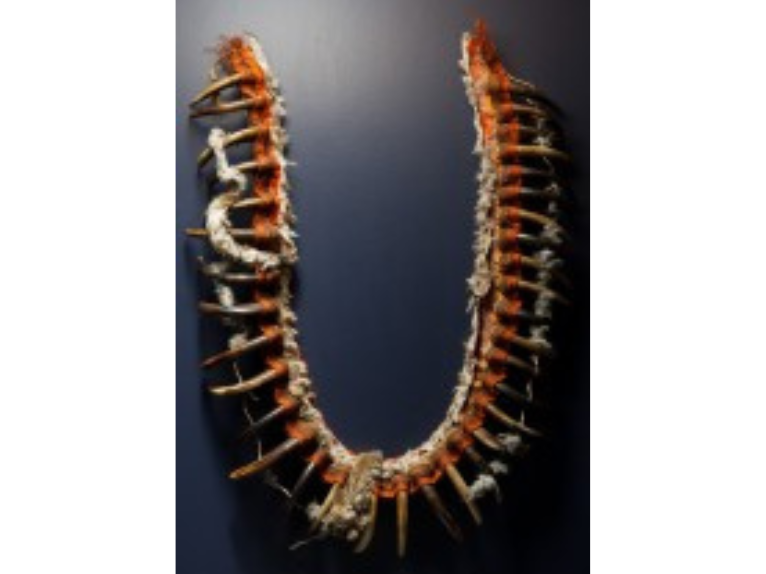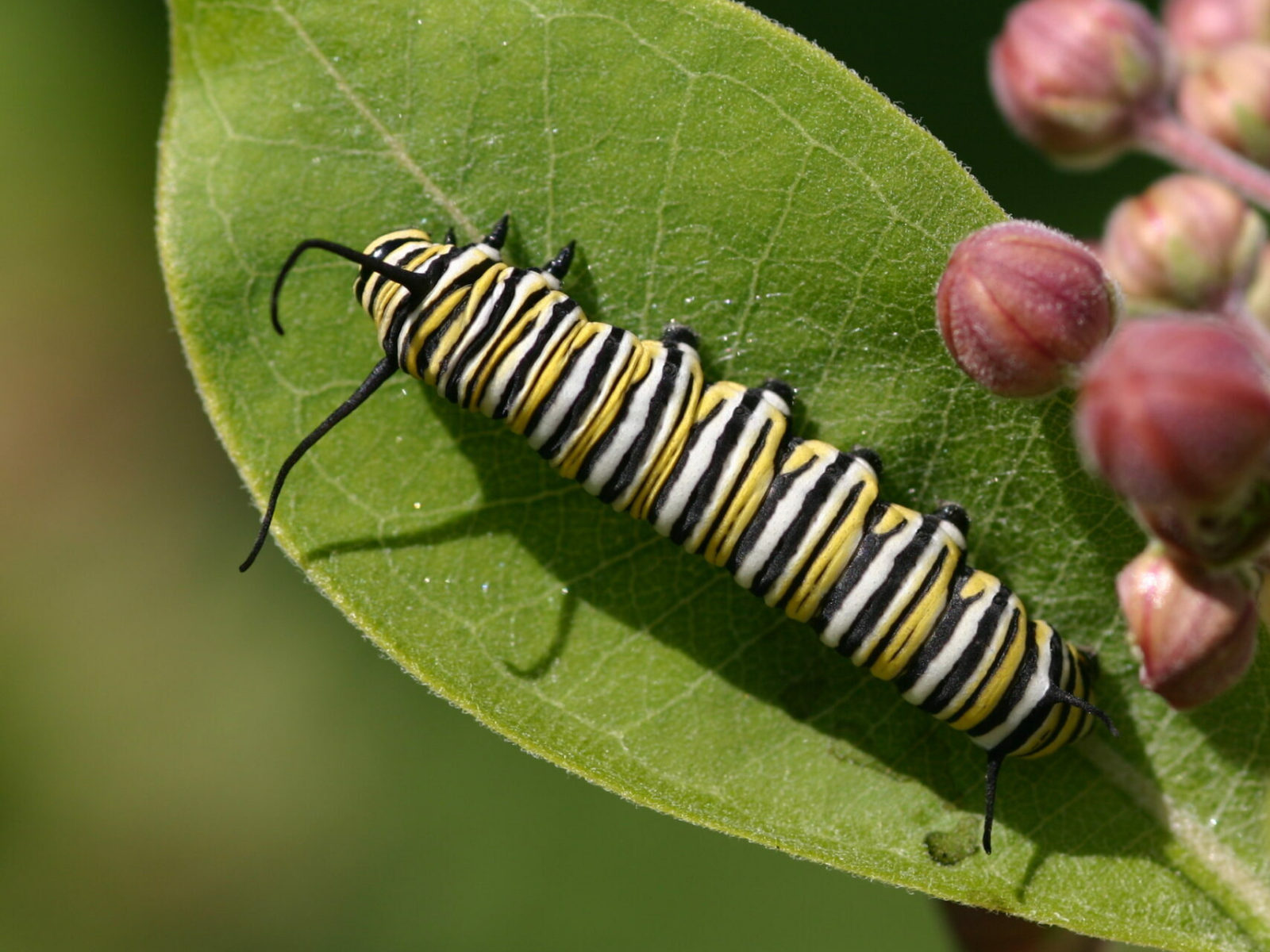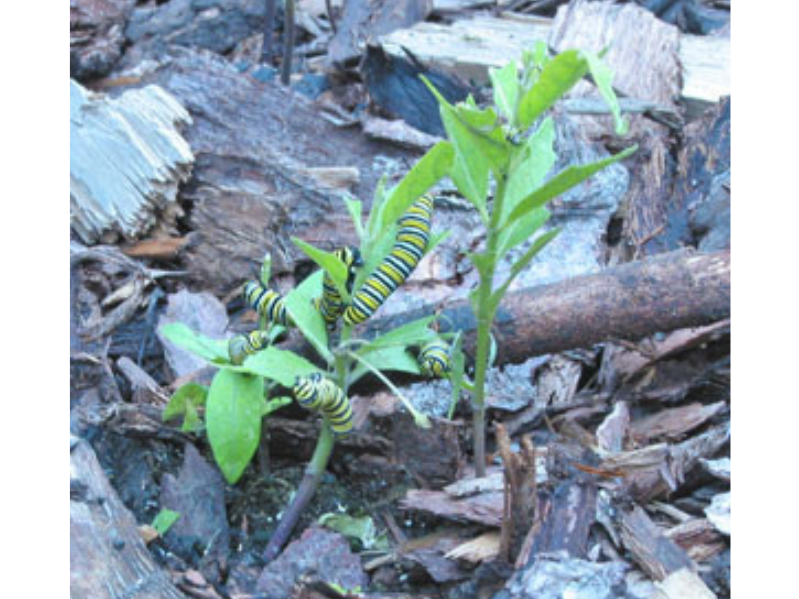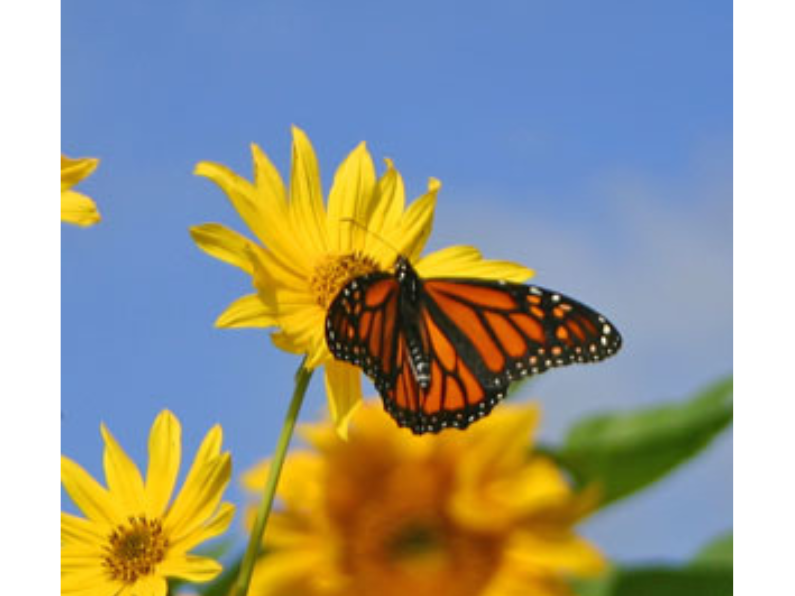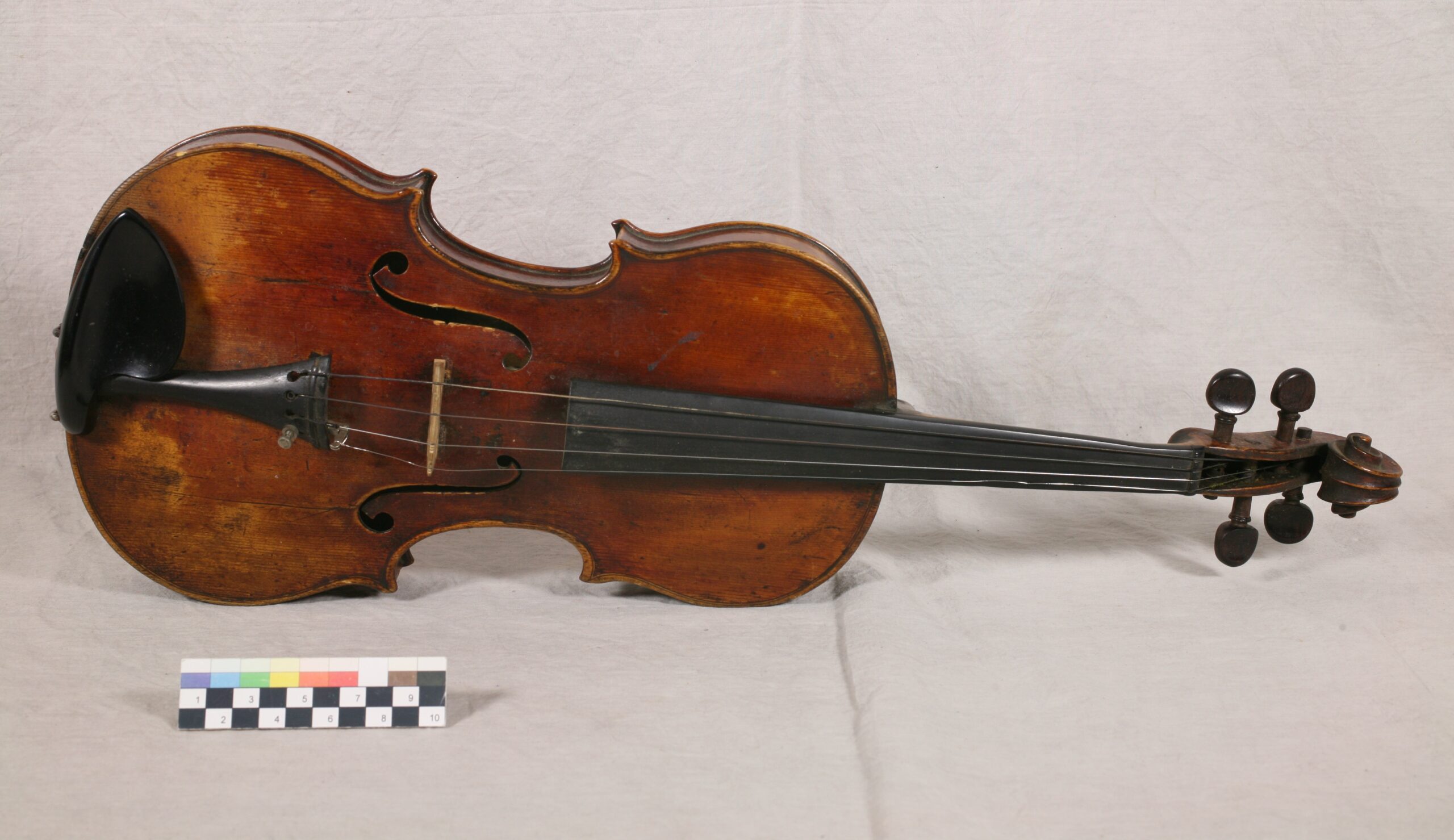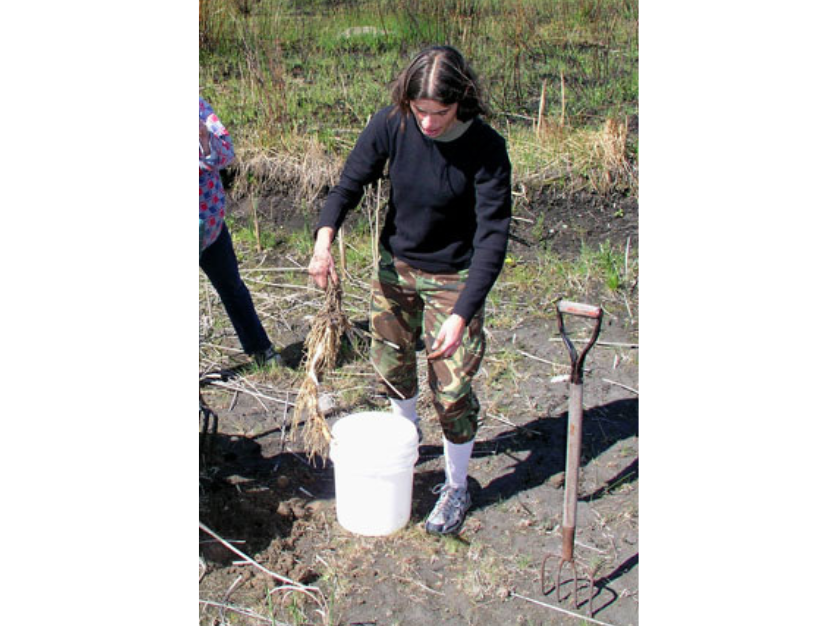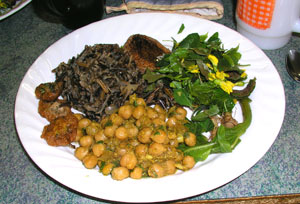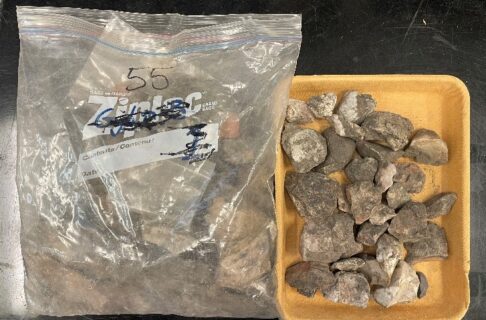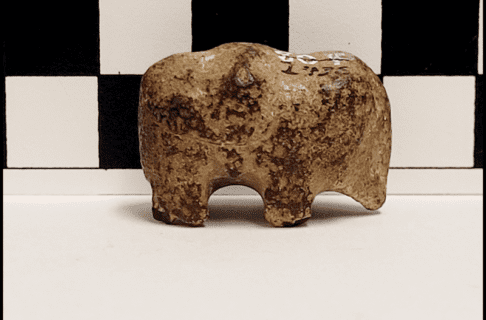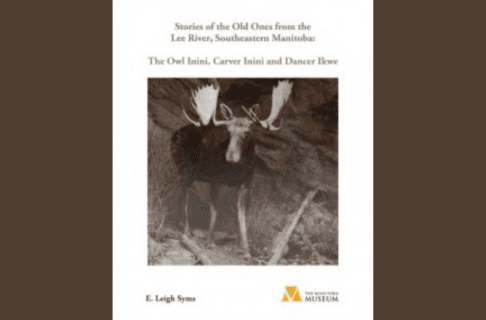In the 1960’s, my father wrote a short paper about the McKay family and their deep roots to the history of Western Canada. In it he mentioned that his father “soon learned to converse in the Sioux tongue and Sitting Bull told him much of his life story in the Northwestern States during those turbulent days. He presented my mother with his necklace of Grizzly Bear Claws, a symbol of authority only reserved for chiefs of high rank. In turn, my mother gave this relic to her uncle Sheriff Colin Inkster and at present I believe this is seen periodically in a glass case in the Winnipeg Civic Auditorium Museum”.
There are a few stories within the McKay family which have been passed down over the years about Sitting Bull’s necklace. They all affirm that it was given as a gift by Sitting Bull himself. One story has our grandmother sitting in the general store at Ft. Ellice when Sitting Bull walked in. She noticed the poor shape that his shoes were in so she offered him a pair of moccasins which she had made. He then gave her the necklace in appreciation of her gift. Another story suggests that the necklace was given by Sitting Bull as a gift for my grandparent’s wedding.
As chance would have it, in the early 1990’s I was invited to a small luncheon the purpose of which was to brainstorm ideas on how funds could be raised in support of The Manitoba Museum (then known as The Manitoba Museum of Man and Nature). Following the luncheon I mentioned to the then Director, that while through my family I was aware of a grizzly bear claw necklace in the Museum’s collection, I never had the opportunity to actually see it. I was encouraged to make arrangements to view the necklace through the Curator of the Native Ethnology Department at the Museum.
The viewing was organized for later that summer. I was joined by my sister Roberta McGillivary, her son Clifford, my wife Elvira, our son Shaun, and our friend (and photographer) Bill Eakin. We all followed up to the 3rd floor where the necklace was being kept in storage.
The white box containing the necklace was opened and voila – there it was! Roberta exclaimed: “That’s it, that’s it. I’ve heard so much about it! Can I try it on?” I turned to her and said: “Roberta, it’s a precious artifact, and this is a museum!” However, to my surprise the curator lifted the necklace from the box and gently placed it around Roberta’s neck. I immediately had this vision, or strange sense of a special moment from long ago – of Sitting Bull placing his necklace on my grandmother, Ellen Inkster. It was a powerful feeling and hard to explain.
Displayed below is the photograph of my sister Roberta wearing the bear claw necklace. After the meeting, I provided the curator with my father’s paper on the McKay family, as well as a few old newspaper clippings and other documents connecting Henry McKay with Sitting Bull reinforcing our interesting family history and connection of Western Canada.
“Every time I visit the Manitoba Museum, I make a point of going to the Parklands/Mixed Woods exhibit, where Sitting Bull’s Bear Claw Necklace is on permanent display. I am reminded of my grandmother and her connection to the iconic Aboriginal leader, Sitting Bull; and I think fondly of my sister Roberta who passed away on January 2, 2011. I am pleased to have been able to adopt this priceless artefact in her memory.”
Harry H. McKay Finnigan
